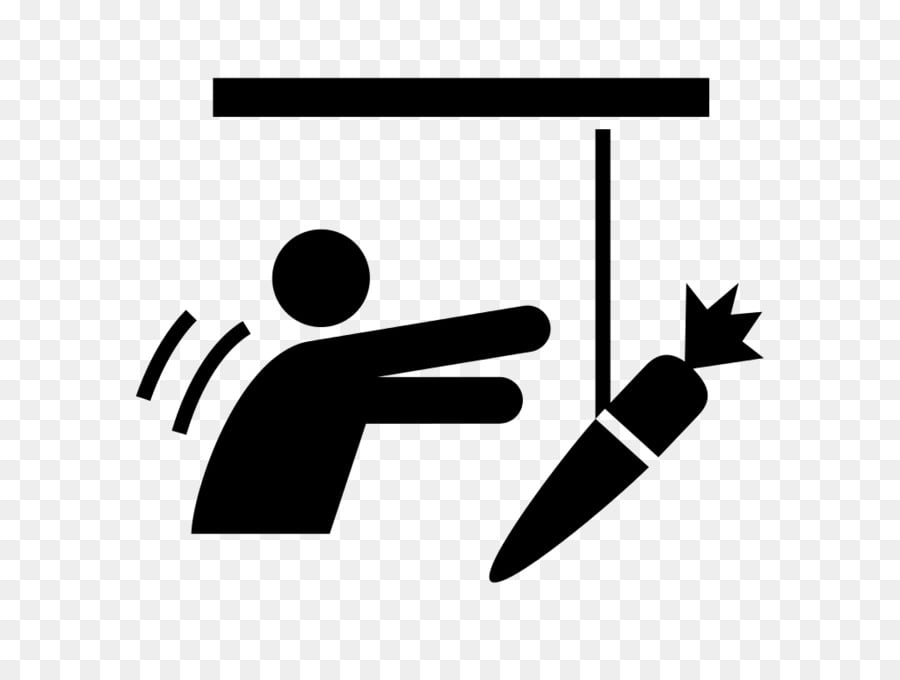Human Resources: The Architects of High-Performance Cultures
In today's fiercely competitive business landscape, a high-performance culture isn't a mere advantage—it's a critical factor for sustained success. This dynamic environment, defined by exceptional productivity, seamless collaboration, and groundbreaking innovation, isn't accidental; it's meticulously designed and nurtured, primarily by the Human Resources (HR) department. This article delves into the multifaceted role of HR in constructing and maintaining thriving work environments, highlighting fifteen key strategic areas of influence.
Strategic Talent Acquisition: Laying the Foundation for Success
HR's influence begins at the crucial recruitment stage. The diligent identification and selection of individuals whose skills, values, and working styles perfectly align with the company's culture is paramount. This precise approach establishes a high-performing team from the outset, ensuring inherent cultural compatibility from day one. Prioritizing cultural fit, beyond simply technical skills, is essential for effortless integration and sustained peak performance.
Onboarding Excellence: A Seamless Transition to Peak Productivity
A flawless onboarding process is critical for new hires to integrate rapidly and contribute meaningfully. HR expertly guides new employees, providing a thorough introduction to the company's mission, vision, values, and overall culture. This comprehensive orientation ensures clarity of expectations and cultivates a strong sense of belonging, dramatically enhancing employee engagement and accelerating their transition to productive team members.
Empowering Growth Through Learning and Development
Investing in employee development isn't merely beneficial; it's indispensable. HR designs and implements focused training and development programs, equipping employees with the skills and knowledge needed for career advancement and peak performance. This dedication to continuous learning fosters a culture of improvement and innovation, boosting both individual capabilities and organizational effectiveness. A focus on upskilling and reskilling ensures the workforce remains adaptable and competitive within the ever-evolving global market.
Performance Management: Driving Consistent Excellence
HR develops robust performance management systems that extend beyond simple evaluations. These systems incorporate clearly defined expectations, regular feedback sessions, and opportunities for substantial growth. This approach fosters a culture of accountability and high achievement, inspiring employees to consistently strive for excellence. Constructive feedback mechanisms are vital for pinpointing areas for improvement and acknowledging successes, thereby enhancing overall performance and driving continuous growth.
Recognition and Rewards: Celebrating Achievements and Fostering Motivation
Recognizing and rewarding exceptional contributions is fundamental to a motivating work environment. HR designs and manages comprehensive recognition programs that incentivize employees to exceed expectations. These programs, ranging from formal awards to informal acknowledgements, reinforce positive behaviors and create a culture of appreciation, boosting morale and driving further accomplishments.
Cultivating Employee Engagement: Fostering a Thriving Workplace Community
HR plays a pivotal role in fostering a positive and engaging work environment where employees feel valued and connected. Through team-building activities, social events, and open communication channels, HR cultivates a strong sense of community and belonging. This shared camaraderie significantly enhances job satisfaction and elevates overall productivity.
Developing Future Leaders: Building a Sustainable Pipeline of Talent
HR actively identifies and nurtures future leaders within the organization. By providing targeted leadership training and mentorship opportunities, HR ensures a sustainable pipeline of skilled leaders who can uphold and enhance the high-performance culture for years to come. Succession planning is a crucial component of this process, guaranteeing continuity and stability in leadership.
Diversity and Inclusion: Harnessing the Power of Diverse Perspectives
A high-performance culture thrives on the diversity of thought and perspective. HR champions diversity and inclusion initiatives, creating a welcoming and equitable environment where every employee feels valued and respected. This inclusive approach unlocks creativity, innovation, and a broader range of viewpoints, significantly contributing to the organization's overall success and fostering a dynamic and innovative workforce.
Effective Conflict Resolution: Maintaining Workplace Harmony
HR acts as a neutral and objective mediator in resolving workplace conflicts, guaranteeing fairness and a harmonious work environment. Prompt and effective conflict resolution prevents minor disagreements from escalating, preserving a positive and productive atmosphere. Equipping employees with conflict resolution techniques empowers them to address issues proactively and maintain a respectful and collaborative work environment.
Prioritizing Employee Well-being: Investing in Health and Happiness
HR prioritizes employee well-being and work-life balance through supportive policies and initiatives that promote both mental and physical health. A healthy and supported workforce is demonstrably more productive and engaged. By providing resources and promoting well-being, HR contributes to a culture of care and support, fostering a positive and productive work environment.
Navigating Organizational Change: Managing Transitions Effectively
During periods of organizational change, HR plays a crucial role in ensuring smooth transitions. Effective communication strategies and comprehensive employee support programs mitigate disruptions and maintain stability. HR's proactive approach fosters a culture of adaptability and resilience during periods of transformation, ensuring a smooth and successful transition for all employees.
Retaining Top Talent: Building a Loyal and Skilled Workforce
Understanding the value of skilled and experienced employees, HR develops and implements retention strategies, including competitive compensation, career development opportunities, and impactful recognition programs. These strategies ensure the organization retains its high-performing team, preserving institutional knowledge and ensuring continuous success.
Cultivating a Strong Employer Brand: Attracting and Retaining Top Talent
HR shapes the organization's employer brand, showcasing its culture, values, and opportunities to attract and retain top talent. A strong employer brand acts as a powerful draw, attracting individuals who resonate with the company's high-performance ethos and commitment to employee well-being.
Driving Continuous Improvement: A Culture of Refinement and Growth
HR continuously assesses and refines its processes and practices, leveraging data-driven insights to optimize performance and enhance the overall culture. This commitment to continuous improvement ensures that HR initiatives remain effective and aligned with the evolving needs of the organization.
Data-Driven Decision Making: Informed Strategies for Optimal Results
HR utilizes data analytics to measure the effectiveness of its initiatives and their impact on the high-performance culture. This data-driven approach enables informed decision-making and ensures that strategies are continuously refined for optimal results. Using data to track key metrics provides evidence-based insights for improving HR practices and achieving organizational goals.
In conclusion, HR's contribution to building and sustaining a high-performance culture is undeniable. From strategic talent acquisition to data-driven decision making, HR professionals are essential in creating workplaces where employees thrive, reach their full potential, and drive remarkable organizational success. The ongoing evolution of HR practices reflects a commitment to fostering dynamic and resilient organizations that excel in today's competitive global landscape. HR is not just a support function; it's the engine driving organizational excellence and sustainable growth.






